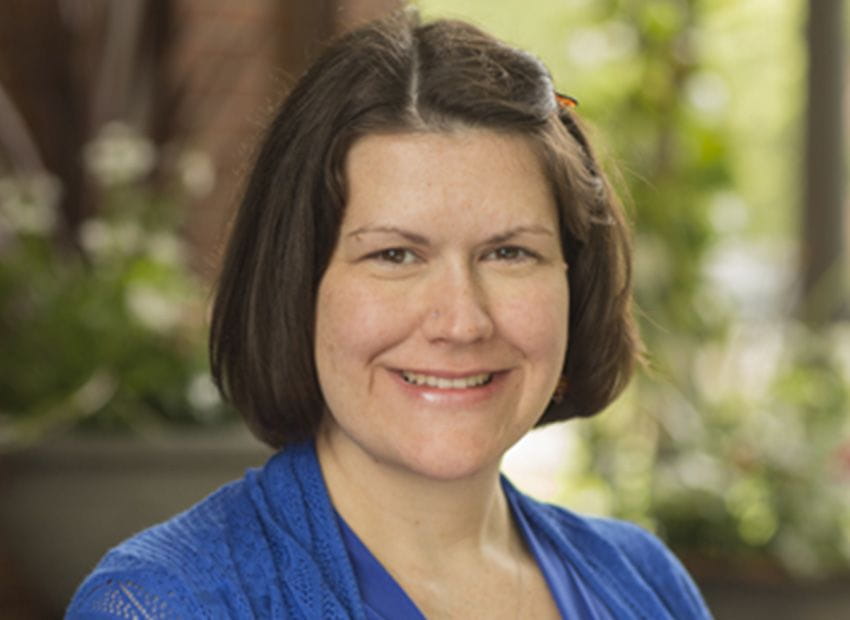Updates for Borrowers Planning for Student Loan Forgiveness
The most time sensitive item for borrowers this summer is the consolidation deadline for the one-time IDR payment count adjustment. The Department of Education is reviewing all direct loans and counting all prior time in repayment, long-term forbearance, and some deferments as months that were paid under an income-driven repayment plan. Borrowers who are hoping to qualify for forgiveness under Public Service Loan Forgiveness (PSLF) after 120 months of qualifying payment, and other borrowers who are looking to receive Income-Driven Repayment (IDR) Forgiveness after 20 or 25 years of payment, will benefit from this opportunity.
Borrowers with federal loans that are not already direct loans, including older, privately held Federal Family Education Loan (FFEL) Program loans or federal Perkins loans who wish to potentially have their loans forgiven under the PSLF program or Income-Driven Repayment (IDR) Forgiveness must consolidate into the direct loan program no later than June 30, 2024. These borrowers also need to consolidate into the direct loan program if they’d like to take advantage of the Saving on a Valuable Education (SAVE) IDR plan, the newest IDR plan that calculates the lowest monthly payment for borrowers.
Others who may wish to consolidate include those who have loans with varying time in repayment. For example, someone who enrolled in an undergraduate program and graduated, then worked for a few years while in repayment, then returned to school for a graduate program and borrowed more loans. Those later loans have less time in repayment. Consolidations submitted by June 30, 2024, will allow these borrowers to receive the maximum time counted towards forgiveness. Consolidation loans disbursed after September 1, 2024, will receive a weighted average of the time in repayment.
July 2024
Borrowers who have undergraduate direct loans and are looking for payment relief may qualify for a big win under the SAVE plan. SAVE will reduce the percentage of discretionary income considered from 10% to 5% for undergraduate direct loans. The percentage remains at 10% for graduate loans and for those with a combination they will receive a weighted average percentage (somewhere between 5-10%). This means that borrowers with all undergraduate debt who are already on SAVE will see their monthly payments cut in half! Those with a combination of undergraduate and graduate loans will see a slight reduction in payment, depending on how much of the debt is undergraduate versus graduate. If your servicer does not adjust your SAVE payment for July 2024 and you have some undergraduate loans, reach out to them. Direct loan borrowers who wish to move to the SAVE plan must submit the IDR application where payments will be calculated based on their most recent adjusted gross income and family size.
November 2024 (or later)
Those who were paying under an IDR plan back in 2020 before the loan pause began (and have opted not to recertify so they can keep a lower monthly payment) have some extra time before recertification is required. It was delayed from March 2024 to November 2024 (or later) for some borrowers. However, those who are opting to consolidate will need to recertify their income.
Are you on an IDR plan?
Borrowers who are working towards either PSLF or IDR forgiveness and still have some time left in repayment must understand how to continue to make progress towards forgiveness. After the one-time IDR payment count adjustment is finalized in September 2024, you must be making payments under an IDR plan for IDR forgiveness after 20/25 years (depending on the plan). For borrowers hoping to qualify for PSLF forgiveness, qualifying payments must be made under an IDR plan or the Standard 10-year plan. There have been so many improvements meant to get borrowers closer to repayment, so we don’t want you to miss out by not continuing to make progress on your repayment.






